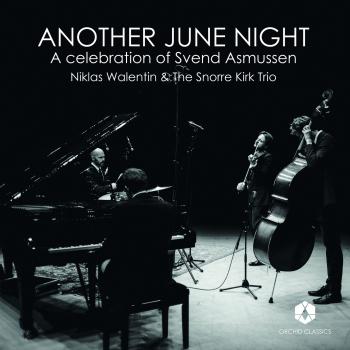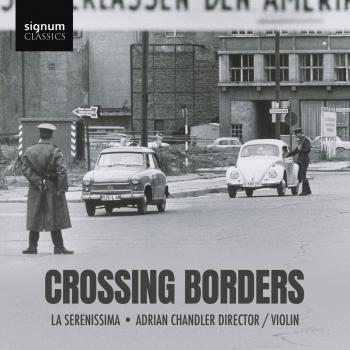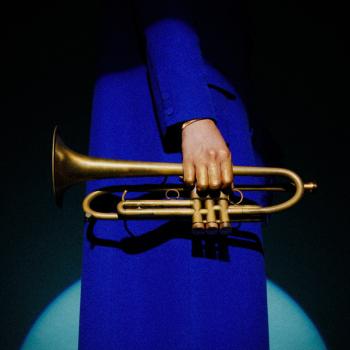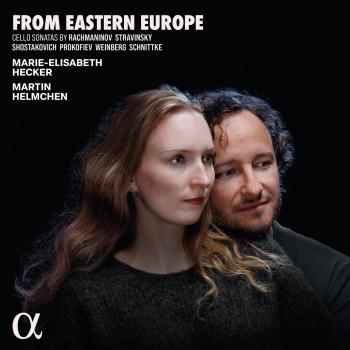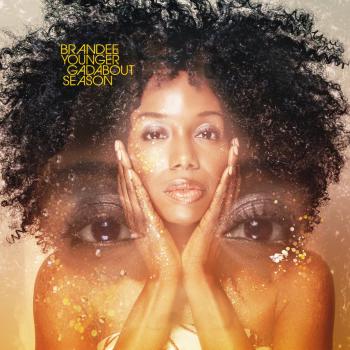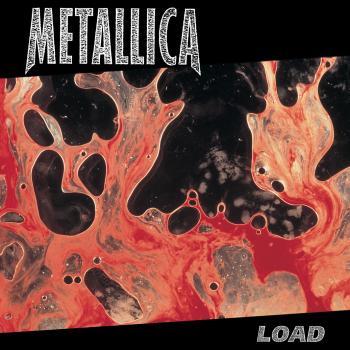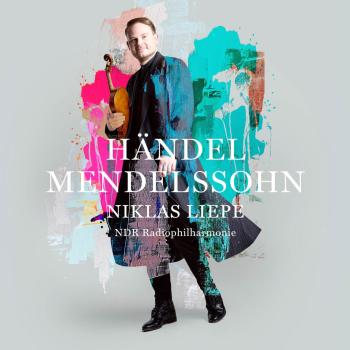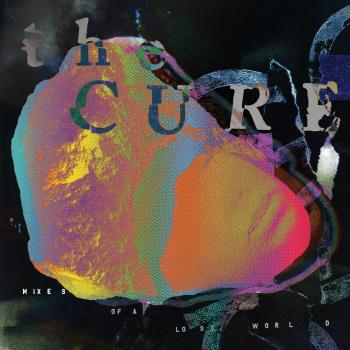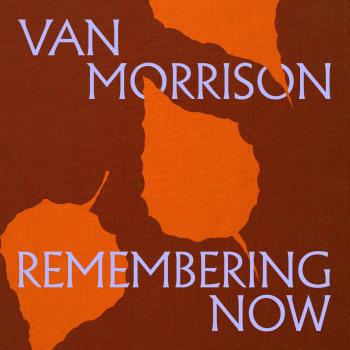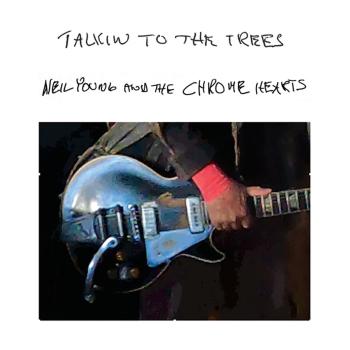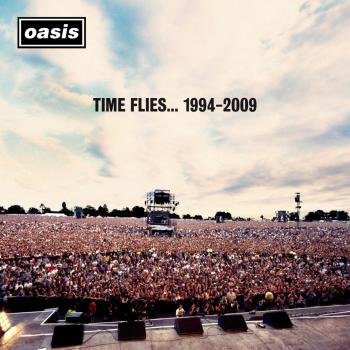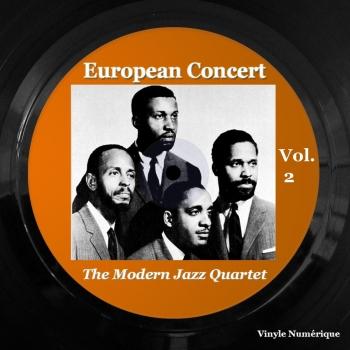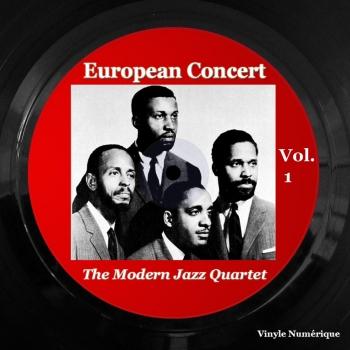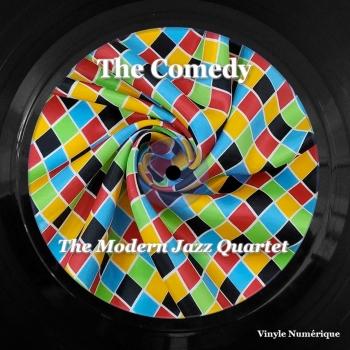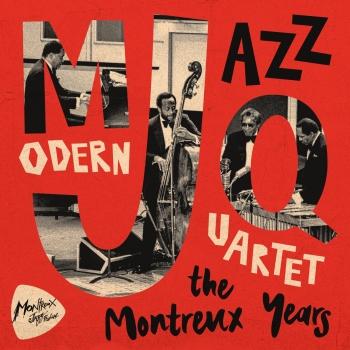
European Concert, Vol. 1 (Remastered) The Modern Jazz Quartet
Album info
Album-Release:
1960
HRA-Release:
02.06.2023
Album including Album cover
I`m sorry!
Dear HIGHRESAUDIO Visitor,
due to territorial constraints and also different releases dates in each country you currently can`t purchase this album. We are updating our release dates twice a week. So, please feel free to check from time-to-time, if the album is available for your country.
We suggest, that you bookmark the album and use our Short List function.
Thank you for your understanding and patience.
Yours sincerely, HIGHRESAUDIO
- 1 Django 05:44
- 2 Bluesology 05:03
- 3 I Should Care 05:43
- 4 La Ronde 03:11
- 5 I Remember Clifford 05:52
- 6 Festival Sketch 04:41
- 7 Vendome 03:01
- 8 Odds Against Tomorrow 06:58
Info for European Concert, Vol. 1 (Remastered)
European Concert' is perhaps the classic of the Modern Jazz Quartet. The MJQ presented its jazz in a formally structured context, much like a chamber music ensemble in a classical context. This album, perhaps more than any of their studio recordings, illustrates how the band uses concepts of time, space, beat, rhythm and change to weave them into a seamless whole, where melody is the basis of improvisation, but never really constrains it.
"Long considered one of, if not the classic album from the Modern Jazz Quartet, European Concert defines them simultaneously as a recording entity as well as a working band. MJQ presented jazz in the context of a formally structured environment, much like a chamber group in the classical context. Within the band, the groove of Milt "Bags" Jackson's vibes met the solid swing of Connie Kay's drums, the funky strut of Percy Heath's bass, and the elegant classicism of John Lewis's piano. The MJQ were able, in a context that pushed at jazz's boundaries from the outside, to create a music that swung without edges or fragmented harmonic structures. Instead -- as this album perhaps more than any of their studio recordings exemplifies -- they used concepts of time, space, meter, rhythm, and changes to weave together a seamless whole, where melody grounded the improvisation but never really restricted it. The kind of graceful counterpoint that exists between Lewis and Jackson here is instinctual at this time in 1960. The show included the finest moments of their early recording career in a live setting. One listen to "Django" will make your head swim, with its sparse rhythmic texture that is still driving and Lewis' rag melody line when it encounters the pure stretch of the polytonal rhythms Jackson is laying down. If it weren't for Heath the entire thing would become unglued, because he was the hinge on this set. Elsewhere on "I Should Care," Lewis brings his solo down to a rudimentary three-finger patter-without chords that takes the line apart harmonically while never straying from anything in the architecture of the tune. Much later, on the encore "Round Midnight," MJQ take Monk's masterwork and turns it into a near rondo as time changes are constant in the first 16 bars. The front line melody blurs between Jackson and Lewis, as do harmonic counterpoint changes. While it's true this was a tune nobody should have had to change, almost everyone who covered it did. Lewis, whose playing style couldn't have been more antithetical to Monk's, quotes Monk's own solo in his and turns it into a piece of the melody near the end where Jackson is vibing chord changes and intervallic spaces. It leaves both audience and listeners breathless at the end of its all too brief three minutes and forty seconds." (Thom Jurek, AMG)
John Lewis, piano
Milt Jackson, vibraphone
Percy Heath, bass
Connie Kay, drums
Digitally remastered
The Modern Jazz Quartet were incredibly important in the development of jazz in the 1950s, and although they officially disbanded in 1974, they’ve reformed for both concerts and recordings several times since then, making them now an “evergreen” jazz band. It was not always so.
The Modern Jazz Quartet was originally formed as the Milt Jackson Quartet (which, conveniently, had the same initials, MJQ) and consisted of Jackson on vibraphone, John Lewis on piano, Percy Heath on bass and Kenny Clarke on drums. Of these, Clarke was the veteran of the group, a drummer who had been at Minton’s after-hours club in 1939, where Charlie Parker, Dizzy Gillespie, Thelonious Monk, Charlie Christian and Clarke invented “bebop” or bop, a harmonically advanced and challenging kind of new jazz.
Clarke served in the Army during World War II, and there he met and became friends with John Lewis, who was fresh out of the University of New Mexico where he’d studied anthropology and music. In 1946 both joined the Dizzy Gillespie Orchestra, the only bop big band, and there they met vibist Milt Jackson. Until then only two jazz musicians were well known for playing this electrified xylophone, Lionel Hampton (famous for his work in the ’30s with Benny Goodman and a band leader himself in the ’40s) and Red Norvo (whose early ’50s trio with guitarist Tal Farlowe and bassist Charles Mingus catapulted him from the swing era into modern jazz). Jackson was the first to adapt the instrument to a bop context. And also in Gillespie’s band they met Ray Brown, a bassist who appears on some early MJQ recordings.
In 1948 and 1949 Lewis and Clarke were also participants in the Miles Davis Nonet sessions for Capitol which were later dubbed Birth of the Cool. The group, nominally fronted by Davis, was a composer/arranger’s band, showcasing the writing of Gerry Mulligan, John Lewis, Gil Evans and John Carisi. Lewis contributed two originals and arranged three other pieces in the band’s repertoire. During this same period Jackson was making recordings for Blue Note, Prestige and Savoy, all small but important jazz labels.
The MJQ was formed in 1952; its first recording was the 10-inch Prestige album, Modern Jazz Quartet with Milt Jackson (PRLP-160), released in 1953, which is now valued at from $60 to $150, depending on condition. This was followed the same year by Modern Jazz Quartet, Volume 2 (PRLP-170), another 10-inch LP which has the same value. In 1955 the MJQ made two 12-inch albums, Concorde for Prestige (PRLP-7005) ($30 to $75), and Modern Jazz Quartet for Savoy (MG-12046) ($20 to $50). That year drummer Clarke dropped out and was replaced by Connie Kay, setting the personnel in place for the rest of the MJQ’s career.
But 1956 was the year in which everything came together for the group, and this was due to their signing with Atlantic Records. Atlantic was the reflection of the Ertegun brothers’ enthusiasms. The sons of Turkish diplomats, they loved R&B and jazz. Atlantic recorded Ray Charles, the Clovers, Ruth Brown, and a number of R&B groups for singles, and established an ambitious jazz program on LPs. Unlike Prestige and Savoy (and, to a lesser extent, Blue Note) – labels known for recording jam sessions – Atlantic spent time on preparations for each album, and many of Atlantic’s jazz albums were ambitious projects. (Source: www.holeintheweb.com)
This album contains no booklet.

